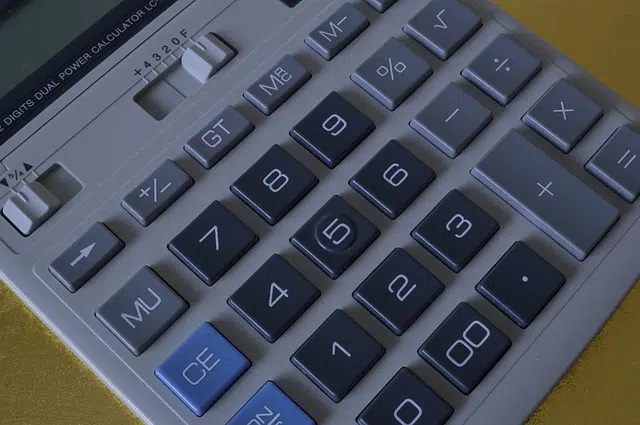
Subtraction involves subtracting or taking something out of a whole.
Subtraction , also known as subtraction , is an operation that consists of removing, cutting, minimizing, reducing or separating something from a whole . Subtraction is one of the essential operations of mathematics and is considered the simplest along with addition , which is the inverse process.
Subtraction consists of the development of a decomposition : given a certain quantity, we must eliminate a part to obtain the result, which is called difference . For example: if I have nine pears and give away three, I will keep six pears ( 9-3=6 ). In other words, I subtract three from the quantity nine and the difference will be six. The first number is known as the minuend and the second as the subtrahend ; therefore: minuend – subtrahend = difference.
Subtraction, inverse operation to addition
Subtracting is the opposite of adding: a + b = c , while c – b = a (3 + 6 = 9, 9 – 3 = 6). It is important to keep in mind that, in the framework provided by natural numbers , it is only possible to subtract two numbers as long as the first (minuend) is larger than the second (subtrahend). If this is not true, the difference (the result) that we will obtain will be a negative (unnatural) number: 5 – 4 = 1, 4 – 5 = -1 .
The possibility of subtracting two natural numbers and obtaining a negative number makes subtraction a slightly more complex operation than addition , where an operation with two positive numbers will never result in another negative one.
Subtraction in advanced mathematics, therefore, does not consist of subtraction, but rather of adding the opposite number : the formula x – y is not used, but x + (-y) . In this case, -y is the element that is opposite to y compared to the sum.

The minus sign serves to identify subtraction as an arithmetic operation.
Complex calculations
Sometimes subtractions give less graphic results than in popular arithmetic , used to operate with units of currency or grams of food. When two vectors are subtracted, for example, they do not even have to lie on the same line. If we understand that each vector has an origin and an end, then the difference between the two will have its origin at the end of the minuend and end at the subtrahend.
In the case of fractions, subtraction becomes more complicated, since it is generally not a direct operation and requires greater abstraction . The simplest cases are those in which the second component, called the denominator , is the same in all the fractions that will participate in the subtraction; If we have, for example, 4/20 and we want to subtract 3/20 from it, we will not have to do anything other than subtract its numerators, in this case 4 and 3, to obtain the following result: 1/20, which is read as one twentieth .
On the other hand, if we had the need to perform the operation 4/8 – 1/6, we would have to add a step to obtain two compatible fractions, that is, with the same denominator. To do this, we will look for the least common multiple of 8 and 6, which in this case will not take us much work; The number sought is 24, which is obtained with the accounts 8 x 3 and 6 x 4. Before proceeding to the subtraction of the fractions, it is absolutely necessary to calculate the new numerators, those that in combination with the common denominator reflect the original proportions .
The formula for this adaptation is very simple: first we divide the common denominator by the original and multiply the result by the numerator. Using the first of the aforementioned fractions, the calculation would look like this: 4 * 24 / 8 = 12 (new numerator). Once we obtain both numerators, it is possible to perform the subtraction as explained above, which will give us: 12/24 – 4/24 = 8/24, which is read eight twenty-fourths .
